Address
304 North Cardinal St.
Dorchester Center, MA 02124
Work Hours
Monday to Friday: 7AM - 7PM
Weekend: 10AM - 5PM
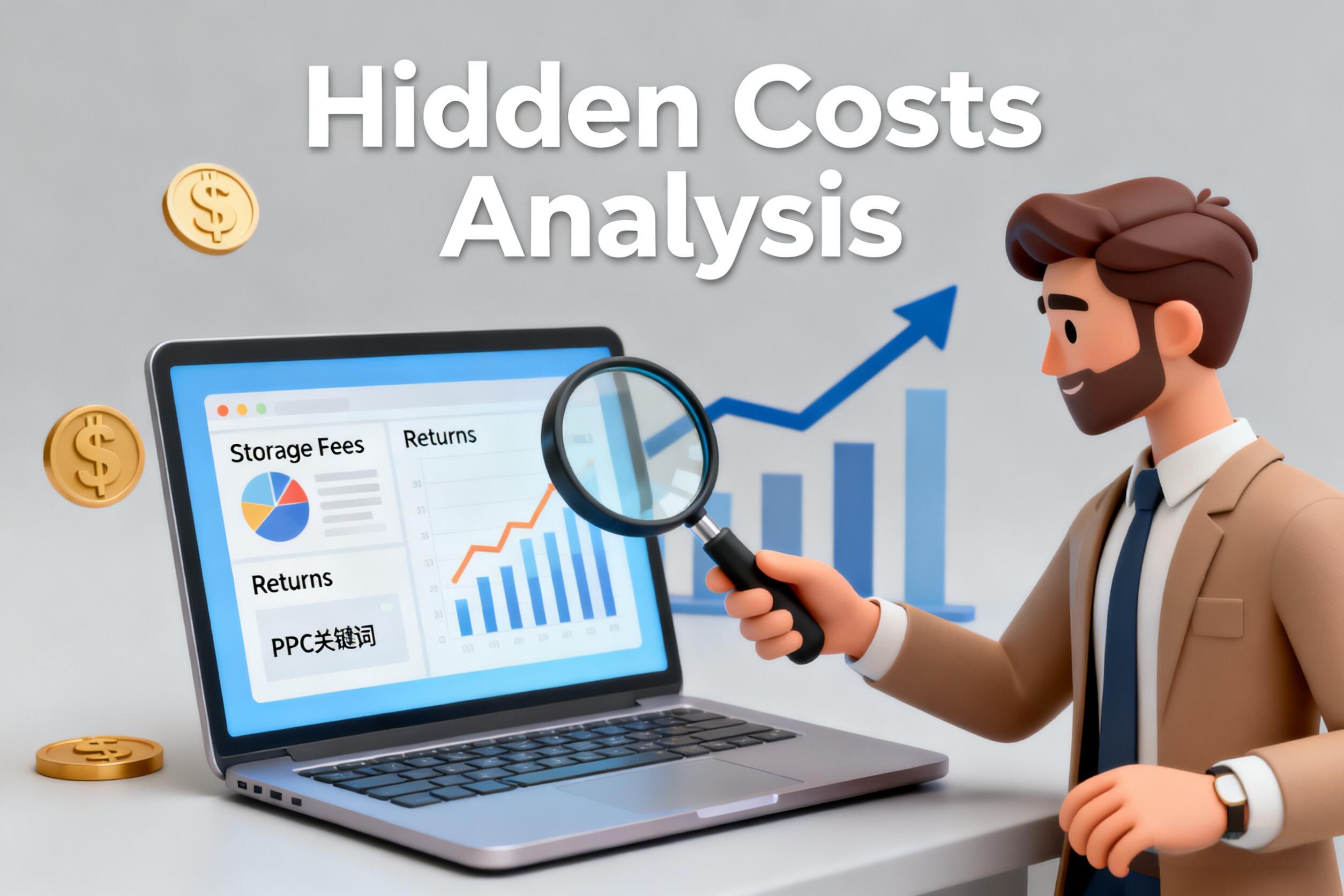
For U.S.-based Amazon sellers, success hinges on more than just sales volume. Hidden costs—from storage fees to PPC overspending—can quietly erode profit margins, leaving even high-revenue sellers struggling to stay afloat. A 2024 survey revealed that 30% of Amazon sellers lose profits due to unaccounted expenses, with storage fees, returns, and compliance issues topping the list.
This article breaks down the most common hidden costs for Amazon sellers and provides actionable strategies to protect your bottom line. Whether you’re a seasoned eCommerce brand or a new seller, understanding these expenses is critical to sustainable growth.
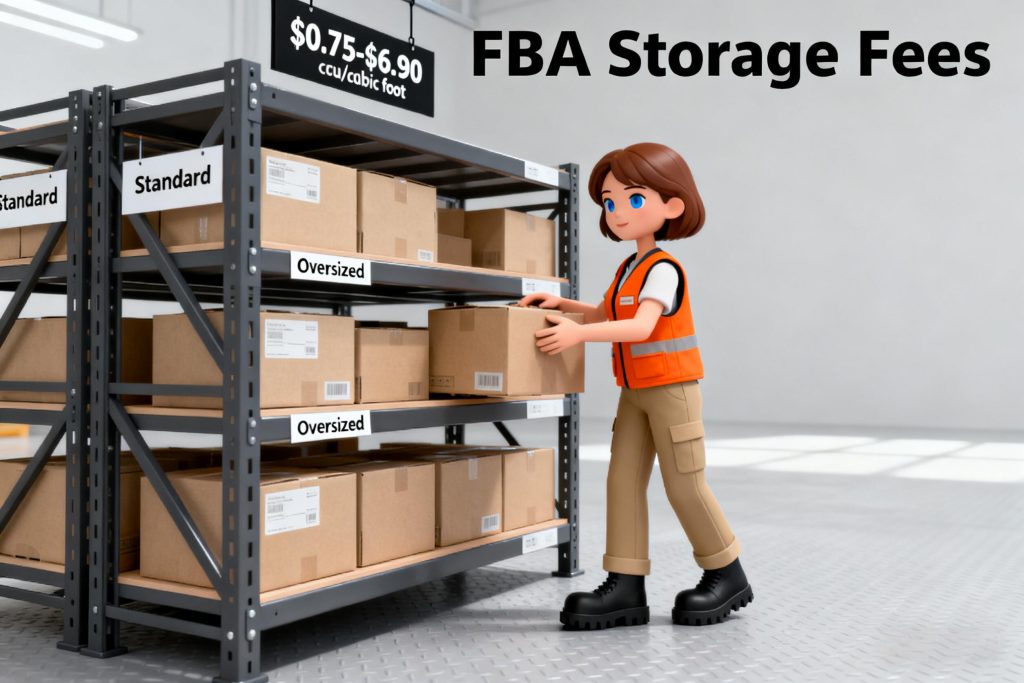
Amazon’s Fulfillment by Amazon (FBA) program simplifies logistics but comes with a cost: monthly storage fees. These fees vary by product size and season, spiking during peak months (October–December). For example:
Long-term storage fees are even more punitive. Inventory sitting unsold for over 365 days incurs an additional $6.90 per cubic foot (or $0.15 per unit, whichever is higher). Thousands of sellers lose thousands annually to slow-moving stock.
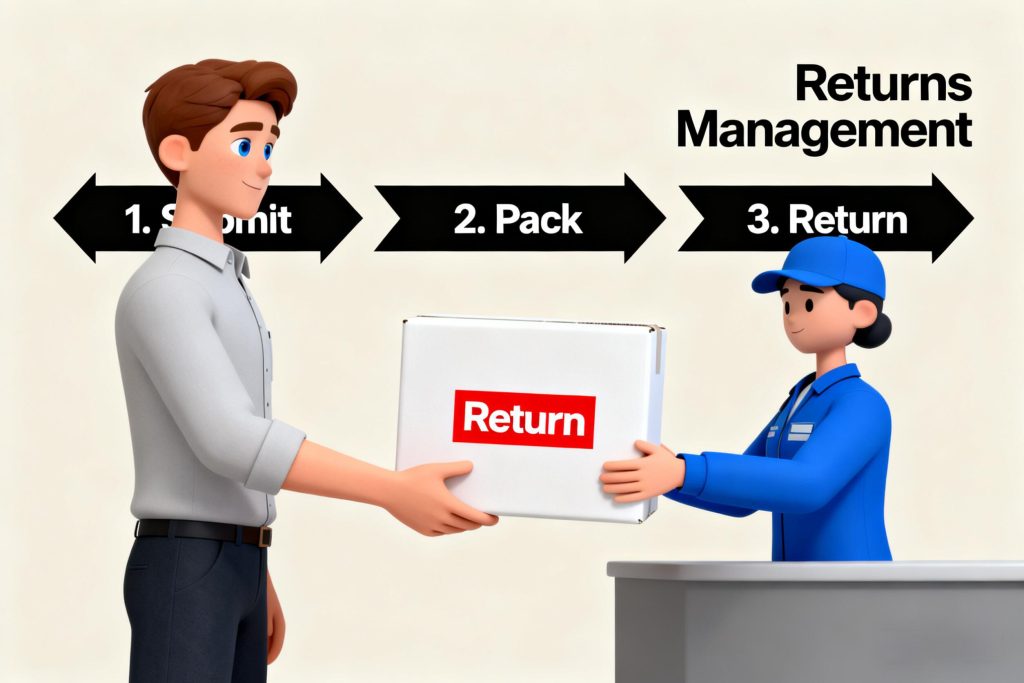
Returns are inevitable in eCommerce, but Amazon sellers face unique challenges. FBA sellers pay return processing fees (often matching original fulfillment costs), while FBM sellers absorb return shipping and restocking expenses.
High return rates also harm account health, leading to penalties or suspensions. Nearly 30% of Amazon returns stem from misleading listings or quality issues, per a 2023 study.
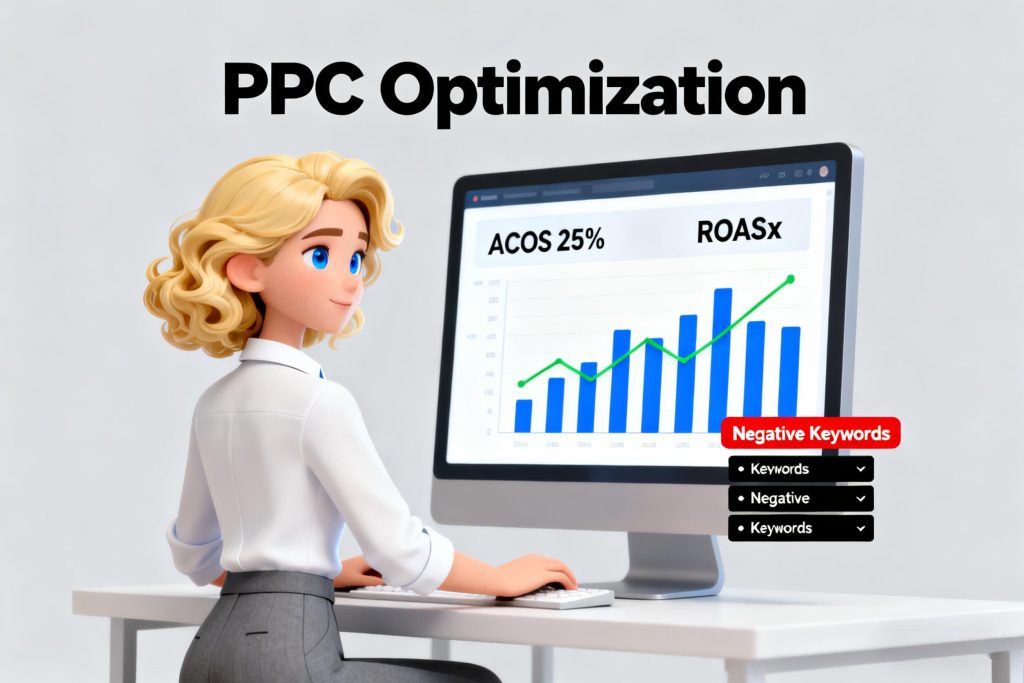
Pay-Per-Click (PPC) advertising is a double-edged sword. While it boosts visibility, poor management can drain budgets. Average CPC (Cost Per Click) rates range from $0.50–$3.00 in competitive categories like electronics.
Many sellers neglect key metrics like ACoS (Advertising Cost of Sales) and ROAS (Return on Ad Spend), leading to wasted ad spend. For example, a poorly targeted campaign might generate clicks but no sales, shrinking profit margins.
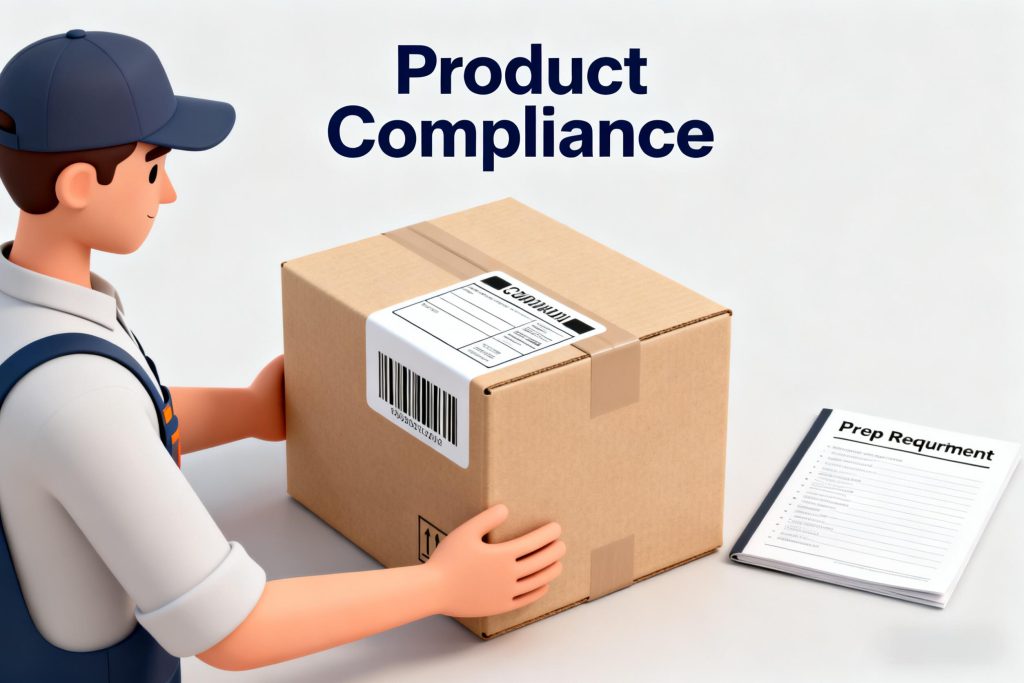
Amazon enforces strict packaging, labeling, and prep requirements. Non-compliance leads to prep fees ($0.30+ per unit) or shipment rejections. Over 40% of sellers reported increased prep costs in 2024 due to updated guidelines.

Amazon’s algorithm penalizes sellers with poor metrics, including:
Suspensions can halt sales for days or weeks, costing thousands in lost revenue. Over 70% of suspensionsresult from performance issues, not policy violations.
To avoid surprises, use Amazon’s FBA Calculator to estimate true costs. Input your product’s price, size, and weight to see:
Example: A $50 portable blender incurs $7.50 in referral fees, $4.00 in fulfillment fees, and $1.20 in monthly storage. After accounting for returns and PPC, the real profit margin might shrink to 10% instead of the assumed 30%.
Partner with [Your Agency Name], a U.S.-based Amazon consulting firm specializing in cost optimization and profit growth. Schedule a free audit today and start maximizing your earnings!
Use Amazon’s FBA Calculator to factor in referral fees, fulfillment costs, storage fees, and PPC spend. Subtract these from your sale price to determine net profit.
Over 70% of suspensions stem from performance issues like high ODR, late shipments, or policy violations. Regularly monitor your Account Health Dashboard to stay compliant.
Improve product listings with accurate descriptions, invest in quality control, and analyze return data to fix recurring issues.